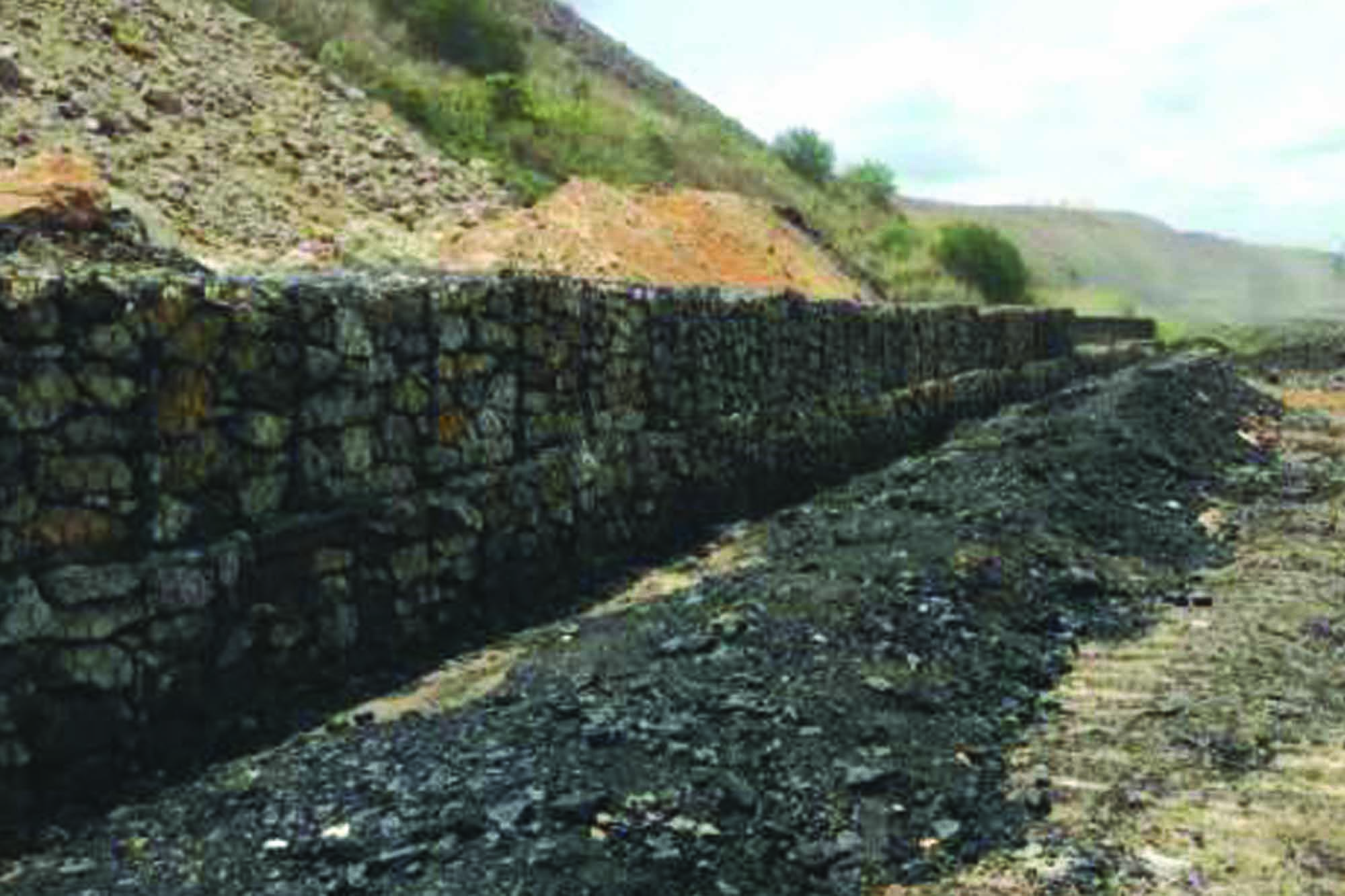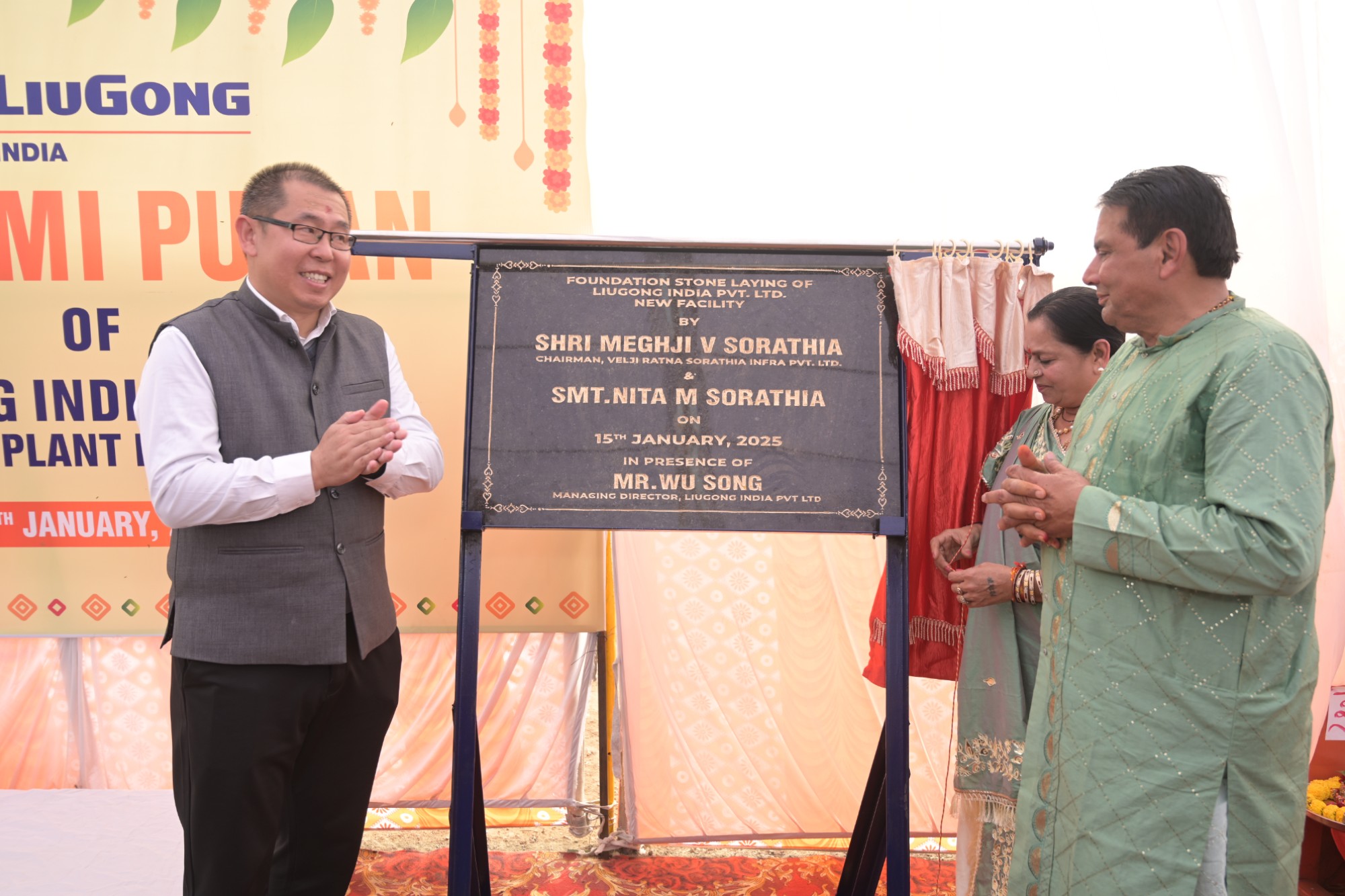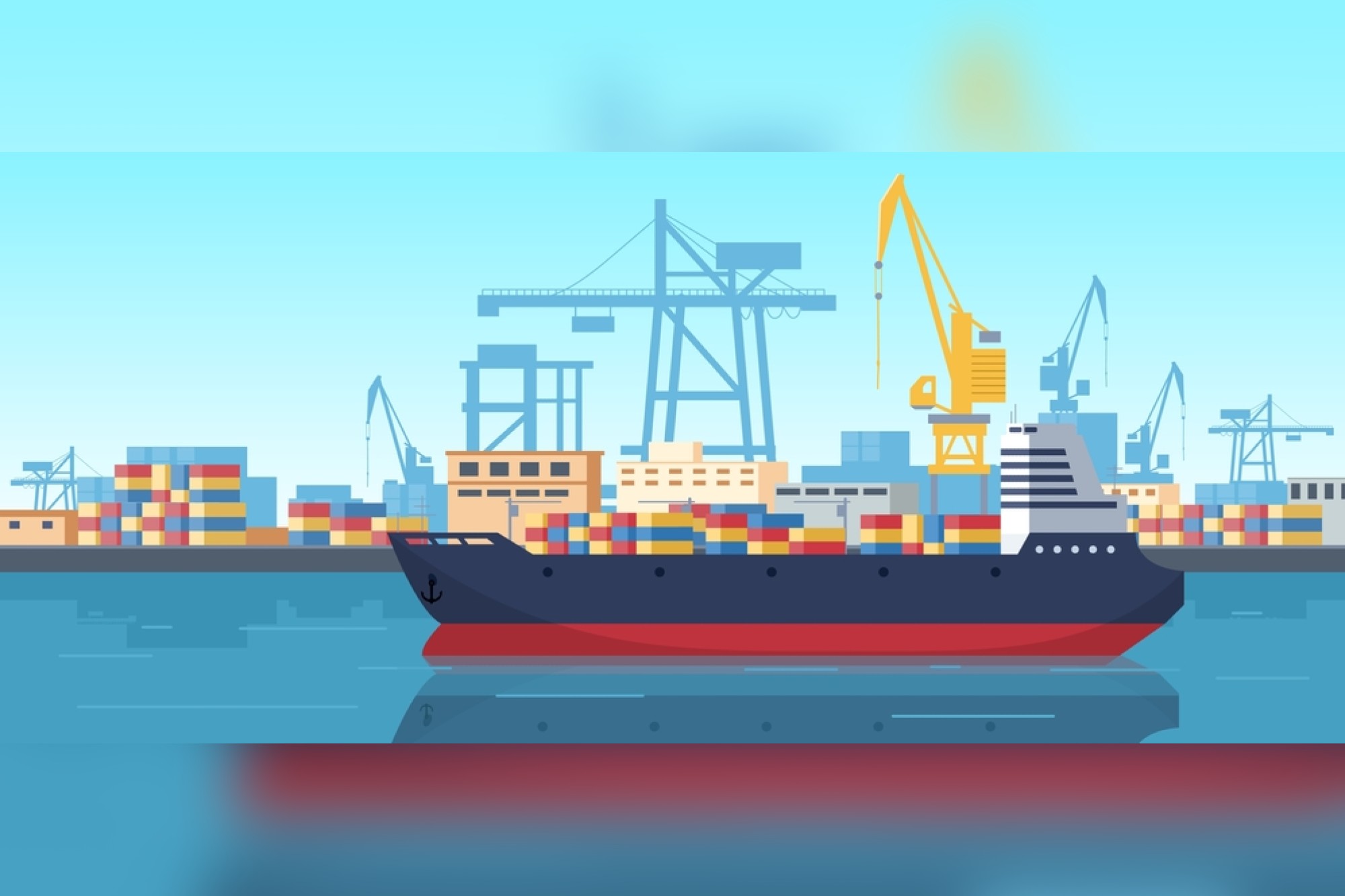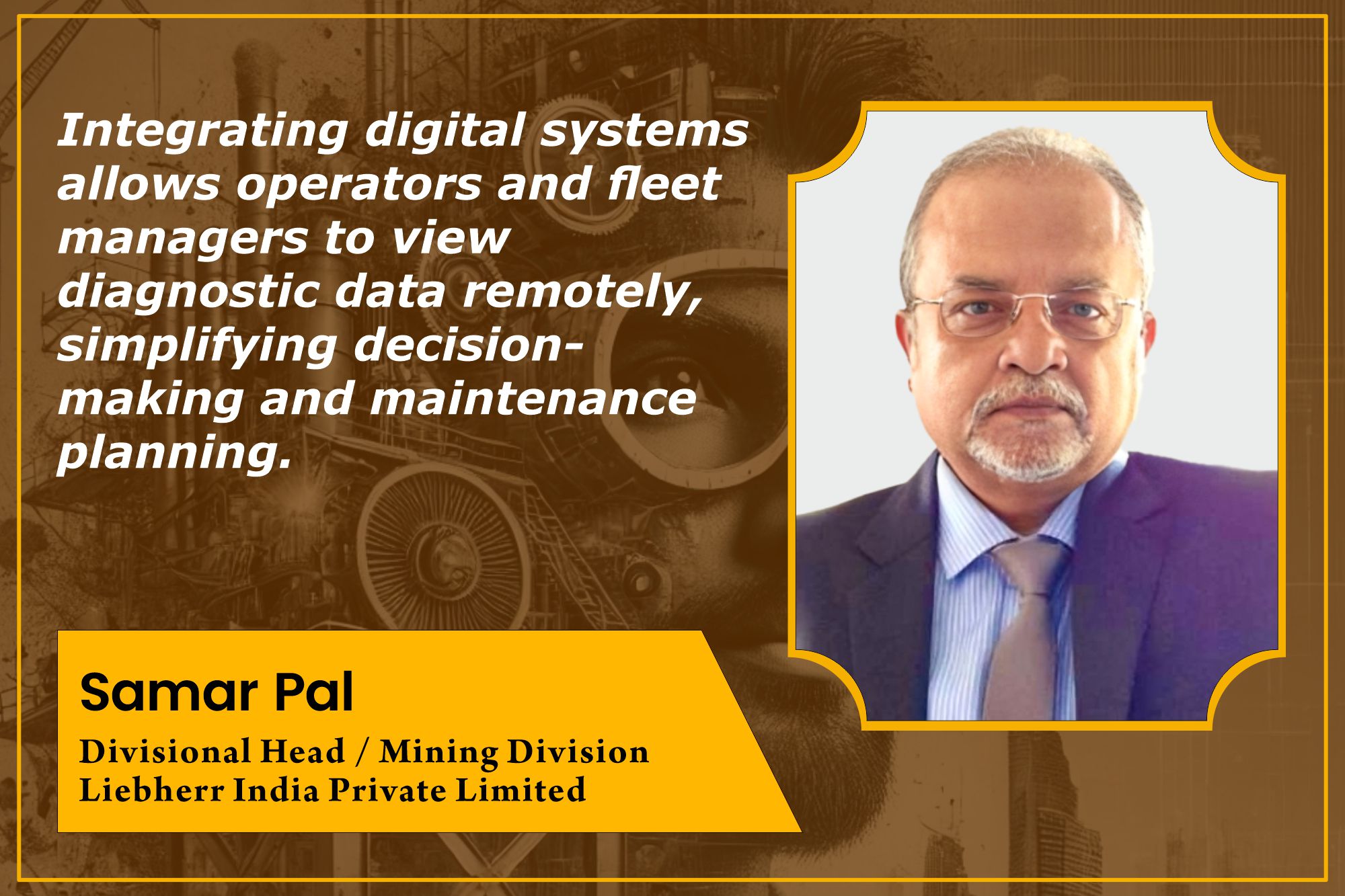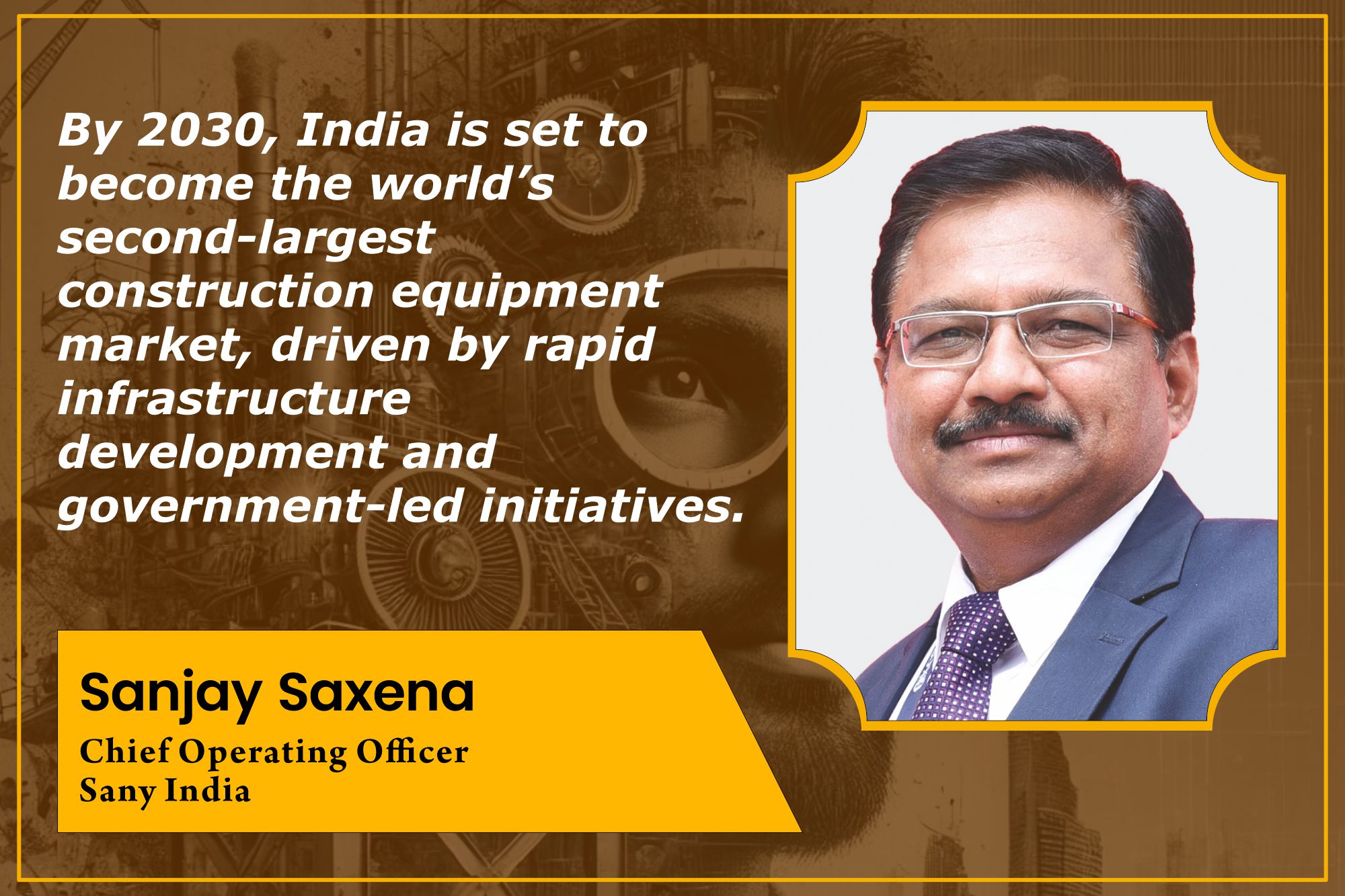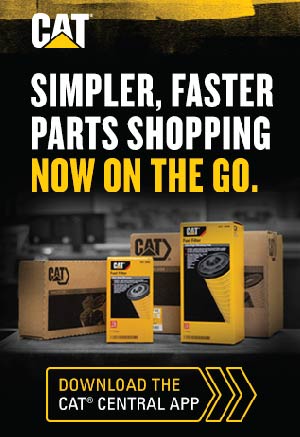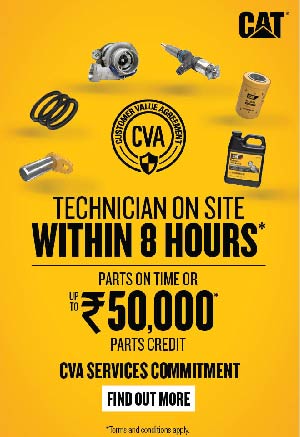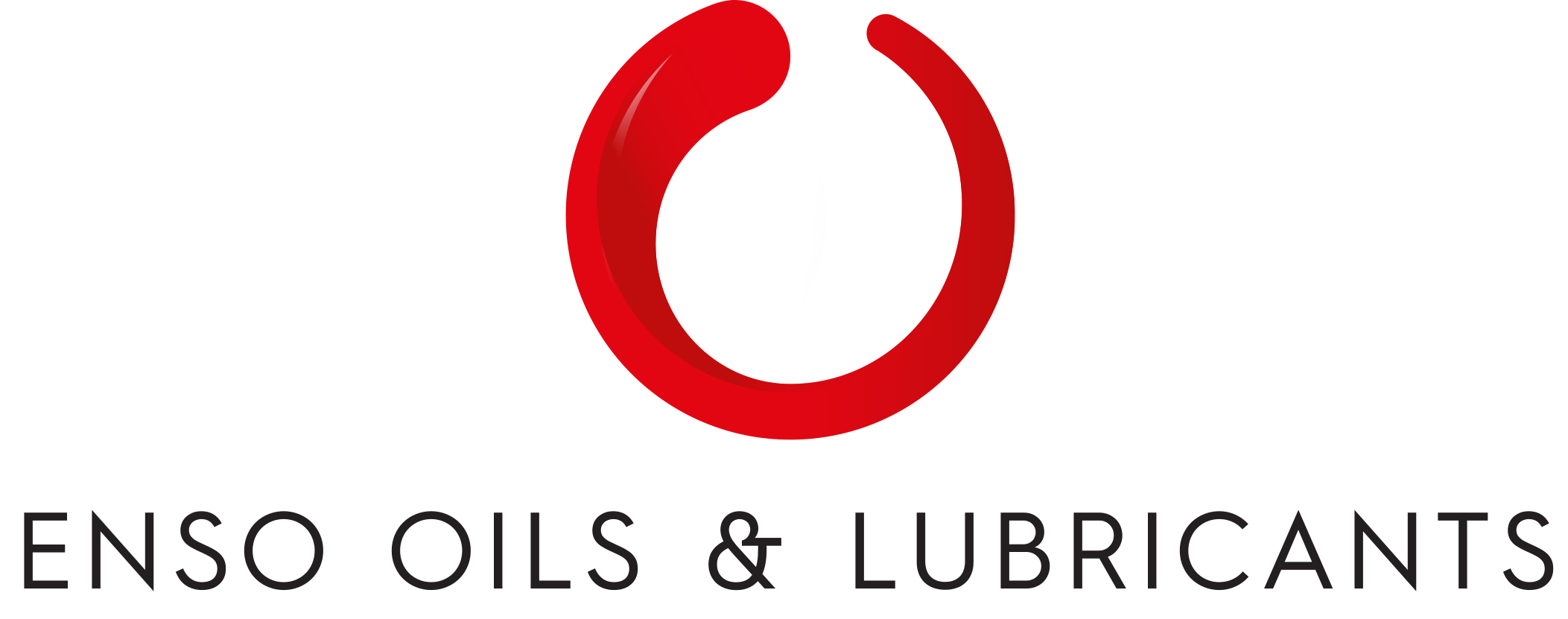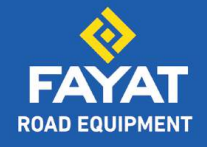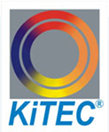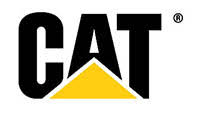CASE unveils Stage V new products
By Staff Report | February 13, 2025 3:17 pm SHARE
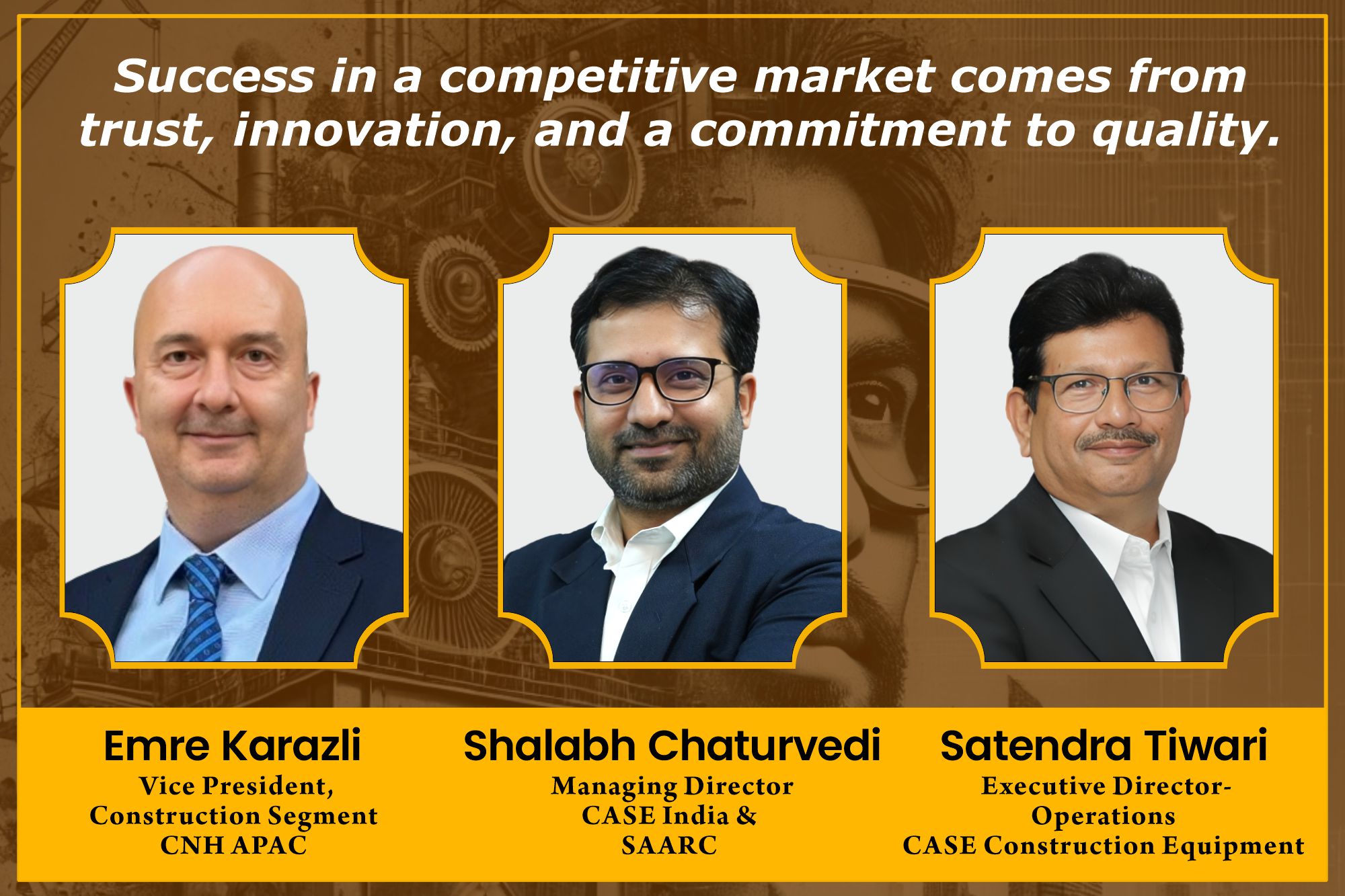
CASE India introduced new products, including compactors, backhoe loaders, and a skid steer loader, that comply with India’s Stage 5 emissions criteria. The company focuses on addressing skilled labour shortages through digitalisation, automation, and skill development while advocating for increased localisation and self-reliance in home and export markets.
Please tell us about the product you launched at the event.
Emre Karazli: With India’s move to Stage 5, we saw an opportunity to modernise machines and launch new products across sectors. This includes new compactors, backhoe loaders, and an updated Stage 5 skid loader.
Shalabh Chaturvedi: We’ve introduced seven new items, including three compactors, three backhoe loaders, and a new skid steer loader. The compactors, including the 952 tandem and 450 small models, have been fully redesigned, improving design and emissions compliance. The move from BS4 to BS5 focuses on engine enhancements, distinguishing the new models cosmetically and functionally from their predecessors.
The backhoe loaders now have a revised boom structure, better power-to-weight ratio, and a more comfortable operator cabin. These upgrades, in addition to the engine change, significantly improve the new range above prior versions.
The new SR175 skid steer loader replaces the smaller model in response to the BS4 to BS5 regulation change, which now needs electronic engines for equipment with more than 25 horsepower. This move results in a more robust and efficient loader on the market.
How do you perceive the role of skilled manpower, and how will your product offerings address the issue of skilled labour through automation and digitalisation?
Shalabh Chaturvedi: We encounter a shortage of skilled construction equipment operators, as many workers were previously trained. With India’s rising job opportunities, particularly in the logistics sector, recruiting younger people to physically demanding jobs like construction has become harder.
To solve this, we are pursuing two ways. First, we train young people to become proficient operators through our Skill Development Council and CSR activities. After finishing the program, individuals are free to work for any company, helping to establish a skilled labour pool in the industry.
Second, we’re making our machines easier to run. Innovations such as replacing levers with lightweight joysticks make it easy for even semi-skilled people to control machinery. For example, graders used to have eight levers for various duties, but we’ve reduced that to just two joysticks, allowing operators with less experience to run equipment more effectively.
What are your plans to promote the machine digitally across India, reaching all corners of the country?
Shalabh Chaturvedi: From a digital standpoint, we are introducing our machines to various channels, including our website, mobile apps, and the Mycase app, a telematics solution that provides end-to-end services to clients and stakeholders. We are also using social media to generate leads and sell machines, resulting in a considerable rise in sales via digital channels.
Emre Karazli: This global initiative includes all CNH machines, strengthening our approach. When we launch a new product, we collect consumer feedback to evaluate their experiences. This feedback is shared with our engineering team to identify areas for improvement, which will be addressed in subsequent models. Beyond after-sales assistance, customer insights are immediately integrated into our R&D and engineering teams, allowing us to improve machines, products, processes, and overall services.
Do you find Indian customers more demanding than other global countries?
Emre Karazli: As the market manager for Asia Pacific, including India, I travel frequently to meet with clients and dealers around the area. Indian clients and dealers have high expectations regarding quality and support, comparable to markets such as South Korea and Japan. In these countries, delays in after-sales service or machine difficulties elicit significant customer reactions, and Indian customers have similarly high expectations. This has helped us improve our processes, products, and market competitiveness, ensuring we can successfully meet these needs.
Satendra Tiwari: What keeps us on the same page is that the products created in our factory for the worldwide market are identical to those provided to the Indian market. Any upgrades or expectations from the worldwide market are smoothly integrated into our domestic products, guaranteeing they are on par with any product you can think of.
How has the Make in India initiative contributed to job creation in the construction sector?
Shalabh Chaturvedi: The “Make in India” project has dramatically increased manufacturing output, with Pithampur producing approximately 10,000 machines yearly, up from 3,000. This expansion has resulted in numerous job opportunities, both direct and indirect. For example, each backhoe loader employs four to five people, including operators, helpers, and supervisors. As demand continues to outstrip supply, we’ve developed training schools and development centres to fulfil the need for trained workers in the construction equipment sector, guaranteeing that we can satisfy the expanding need efficiently.
Satendra Tiwari: Initially, we used “Assemble in India” instead of “Make in India” because we were importing many parts as part of the global supply chain. However, our entire supply chain is fully integrated, making “Make in India” a reality. From that perspective, the influence has increased dramatically. We generated one job for each unit or supplier when we were merely assembling in India. However, now that production is fully localised, employment creation has increased roughly tenfold. This kind of opportunity comes with verticalising the Indian supply base.
How is your product scalable in handling small-scale and high-scale projects?
Shalabh Chaturvedi: We provide solutions for all price points and applications. The 770 NX loader backhoe is intended for rental and basic earthwork applications, making it a low-cost solution for projects prioritising functionality. For more difficult work, the Magnum machine provides increased power, force, and speed for pressure applications, assuring maximum efficiency. The 851 machine is adaptable, suited for uneven terrains, and can function in harsh temperatures as low as -20°C. This makes it ideal for demanding projects under the Bharat Mala initiative, which spans from Leh to Arunachal Pradesh. These models meet a wide range of consumer needs while remaining cost-effective.
How does using real-time data insights help prevent issues in machine operations?
Shalabh Chaturvedi: Digital technology has altered our operations, particularly the Construction Connect Centre (CCC), a centralised command centre that monitors machinery via telematics. Previously, telematics gave simple data such as location and fuel levels, but with electronic engines, machines today broadcast over 300 signals. The CCC analyses this data in real time, providing operators and owners with actionable insights. For example, if a machine is subjected to high loads for a lengthy period, we will prescribe a cooldown to avoid any problems. This strategy improves machine efficiency and performance by responding to real-time data insights, improving preventative maintenance and overall productivity.
How does your company promote circular practices in emissions and refurbishment?
Shalabh Chaturvedi: Our machines cut emissions using less fuel and biodiesel-compatible fuel, resulting in eco-friendly operations and environmental preservation. In response to India’s move from BS3 to BS4 and now BS5, we address the issues of many machine generations. The transition from BS3 to BS4 entailed switching mechanical to electronic engines, whereas BS4 to BS5 improved engine efficiency. Despite these enhancements, many BS3 machines sold before 2021 continue to run alongside later BS4 and BS5 versions. Our dealers have the expertise to service all kinds of machines quickly.
We’ve set up refurbishment centres within our dealer network to increase machine longevity and value. Unlike simple buybacks, our program thoroughly reconditions machines, boosting their lifetime and dependability. These refurbished machines come with extended warranties, thus doubling their lifespan. For example, a loader backhoe lasting 7-8 years can now service up to 14 years, providing higher utility and value.
What grey areas should the construction equipment industry and government address to make India the second-largest CE industry by 2030?
Shalabh Chaturvedi: Two major issues deserve attention: import substitution and grey exports. First, as China’s economy slows, surplus items are targeted at rising countries such as India. While the Indian government has taken actions, such as placing anti-dumping charges on Chinese wheel loaders and rock breakers, there are still murky areas in the supplier component sector that require additional scrutiny.
The second challenge is grey exports from India. Many OEMs want to develop a strong global brand for Indian products, but illegal grey exports could harm that reputation. These exports frequently lack sufficient support or guarantees, harming the product’s perception and the reputation of “Brand India.” Despite collaborative efforts with the Directorate General of Foreign Trade (DGFT), success has been limited. While grey exports provide foreign cash, they also jeopardise India’s long-term interests in global markets. Resolving these difficulties is critical to India’s manufacturing sustainability and international competitiveness.
How does CASE secure orders in India’s competitive, price-sensitive market, and what are your plans to increase market share in the next two years?
Satendra Tiwari: The “CASE ka Bharosa” campaign emphasises our commitment to our consumers, representing confidence and assurance. It emphasises that clients can count on us to help them throughout the process. Building consumer trust inevitably leads to increased sales and market share. We foster long-term bonds that fuel growth by developing strong, transparent partnerships and providing consistent assistance. Trust and collaboration are at the heart of our strategy, ensuring that our customers feel empowered to take on additional work with the confidence that we will support them.
Shalabh Chaturvedi: India is a market that prioritises value over money. Customers prioritise the value they receive for the amount they pay, emphasising the benefits rather than the cost. For example, market leaders frequently have the most expensive machines in loader backhoes, vibratory compactors, and motor graders. This illustrates that sales are influenced by the entire cost of ownership and the value provided, which includes performance, durability, and long-term advantages. The idea that India is solely price-sensitive is to be refuted, as Indian customers value quality and return on investment over low prices. The key distinction is the value proposition and the long-term benefits offered.
Emre Karazli: Over 700 young engineers work daily on construction and agricultural equipment, focusing on fuel efficiency and innovative design. Despite industry challenges, we have constantly invested in R&D. India will remain a magnet for both manufacturing and talent development, with its distinct inventiveness, problem-solving abilities, and innovative thinking distinguishing it globally. This competitive advantage motivates our decision to invest in India, which fosters innovation and advancement in manufacturing and R&D.
Satendra Tiwari: A significant issue for the “Make in India” campaign is the high cost of logistics, which is sometimes underestimated. While AI technology is gaining traction, the gear that supports it, such as machining centres, robotics, and advanced manufacturing equipment, is not being manufactured domestically. These capital-intensive units are predominantly imported from the United States, increasing India’s global competitiveness risk. To genuinely succeed, “Make in India” requires investment in AI and advanced machine capabilities. High-end equipment such as laser cutting machines and robotic welding systems must still be manufactured in India to ensure self-sufficiency.
Indian engineers contribute to software and hardware development abroad, but the fundamental technologies are not produced domestically. For example, delays and losses result when a machine fails, and parts are required from other nations. India’s logistical expenses and manufacturing integration must improve to achieve complete self-reliance.
AI is anticipated to transform businesses by 2030, automating repetitive, labour-intensive tasks. Tasks like generating purchase orders will be automated, allowing attention to turn to innovation and process simplification. This change will usher in a future driven by technical developments, and India must improve its technological capabilities to remain competitive in this changing terrain.
What is the current localisation status for CASE products in India, and what challenges remain in achieving complete self-reliance?
Satendra Tiwari: 90 percent of domestic market sourcing takes place in India, intending to achieve complete self-reliance. However, export obstacles remain, and attempts are being made to establish India as a hub for domestic production and worldwide exports.
Shalabh Chaturvedi: More than 95 percent of backhoe loader and compactor components are localised, particularly in hydraulics and electronics. However, only 55 percent of excavators are localised, with the remaining 45 percent sourced elsewhere.
For more information, visit: https://www.casece.com/en/india
Cookie Consent
We use cookies to personalize your experience. By continuing to visit this website you agree to our Terms & Conditions, Privacy Policy and Cookie Policy.



